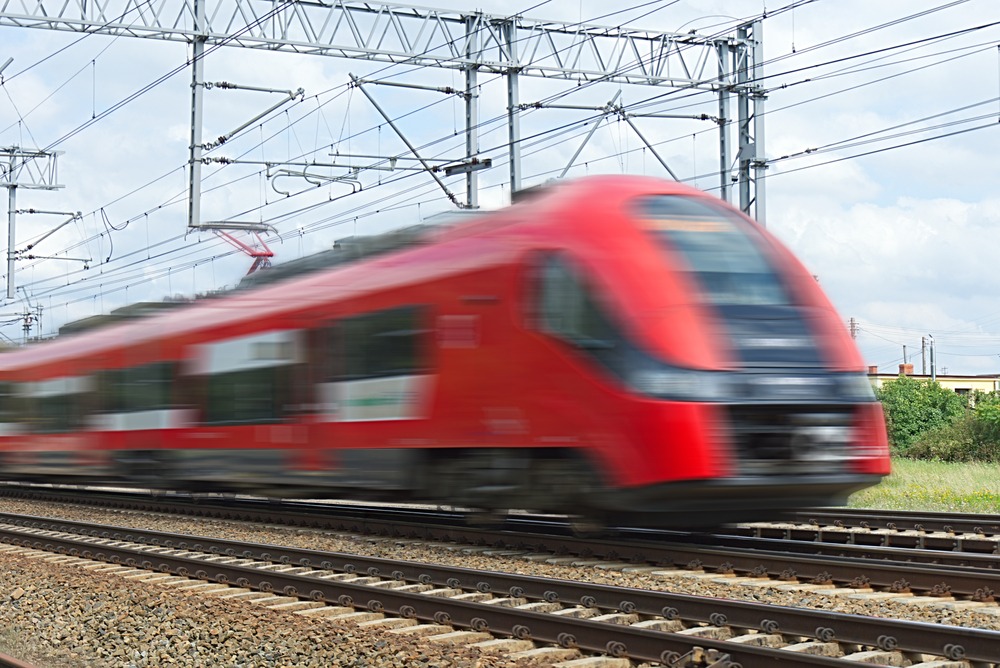
A report by the American Public Transportation Association (APTA) recently established a framework for determining the return on investment (ROI) for high-speed and intercity passenger rail projects.
The report, Framework for Assessing the ROI for High-Speed and Intercity Rail Projects, reviewed 47 earlier studies to identify the economic, environmental, and social benefits of high-speed rail and intercity rail projects.
In recent years, intercity rail travel has increased as commuters seek to escape congested highways. Last year, ridership was more than 31 million, 1.5 times higher than it was in 2000.
“For communities to get a complete picture of high-speed and intercity passenger rail and its benefits, the analysis should involve a combination of methods including a cost-benefit, an economic impact, and a social impact analysis,” Anna Barry, chairwoman of the APTA High-Speed and Intercity Passenger Rail Committee, said. “This study brings important measurement elements together which will help reveal the true value of these rail projects.”
The researchers discovered perceived benefits vary according to perspective.
For owners and operators, the benefit is revenue. For areas surrounding rail stations, the benefits are jobs and economic growth. For regions, the benefit is an enlarged labor and business market.
Nationally, the benefits are increased GDP and productivity and reduced greenhouse gases.